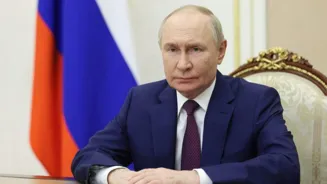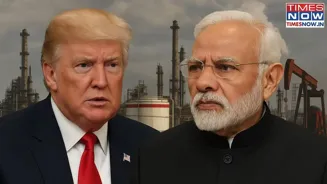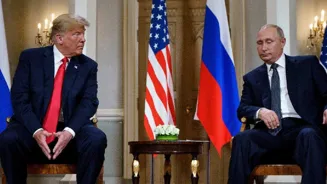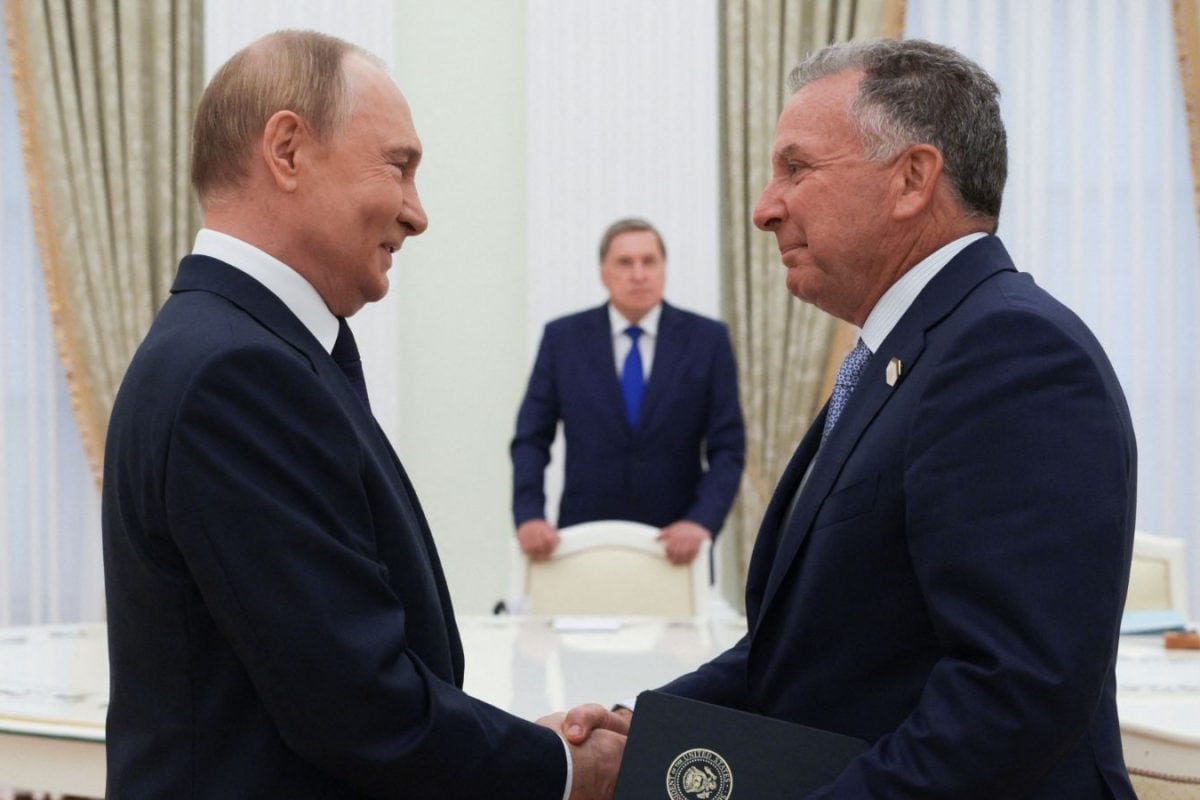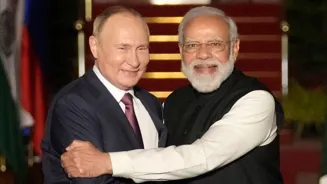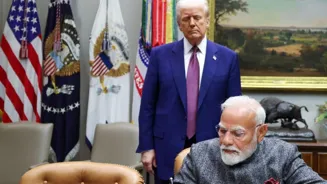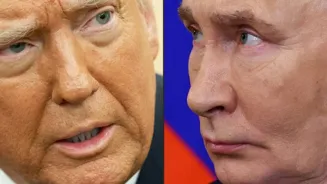Moscow has said that it no longer considers itself bound by the terms of the treaty it signed with Washington decades ago.
Russia in a statement said it made the decision due to the actions of Western countries, which it claimed had created a direct threat to its security.
Russia said the conditions for adhering to the treaty had disappeared.
It said it thus “no longer considers itself bound” by the “previously adopted self-restrictions”.
"West's build-up of destabilising missile potentialscreate a direct threat to security of our country," Russia said in statement.
But what do we know about the INF Treaty? What does
Let’s take a closer look:
The INF Treaty
The treaty was signed between the United States and the then Soviet Union in 1987.
The treaty witnessed both countries agreeing to tamp down on intermediate and medium range land missiles that could carry nuclear warheads.
The origins of the treaty go back to the 1970s when the US was calling for arms control with regard to intermediate-range ballistic missiles (IRBMs).
This came after the Soviet Union began to deploy the SS-20 intermediate-range
These SS-20s, which could hold three nuclear warheads, allow the Soviet Union to hit Western Europe within 10 minutes.
North Atlantic Treaty Organisation (Nato) responded to the Soviet Union by both pushing arms control.
It also called on the US to deploy its own ground-launched cruise missiles and the Pershing II IRBMs to counter Russia.
Negotiations for the treaty began in 1980s.
However, little progress was made in the early part of that decade.
However, things began to
That year, the Soviet Union suggested keeping the number of SS-20 missiles and the Nato and US’ missiles in Europe at a parity – to which Washington listened.
By 1986, talks had expanded to include all US and Soviet missiles across the globe. Gorbachev and then President Ronald Reagan then began signalling the signing of a treaty.
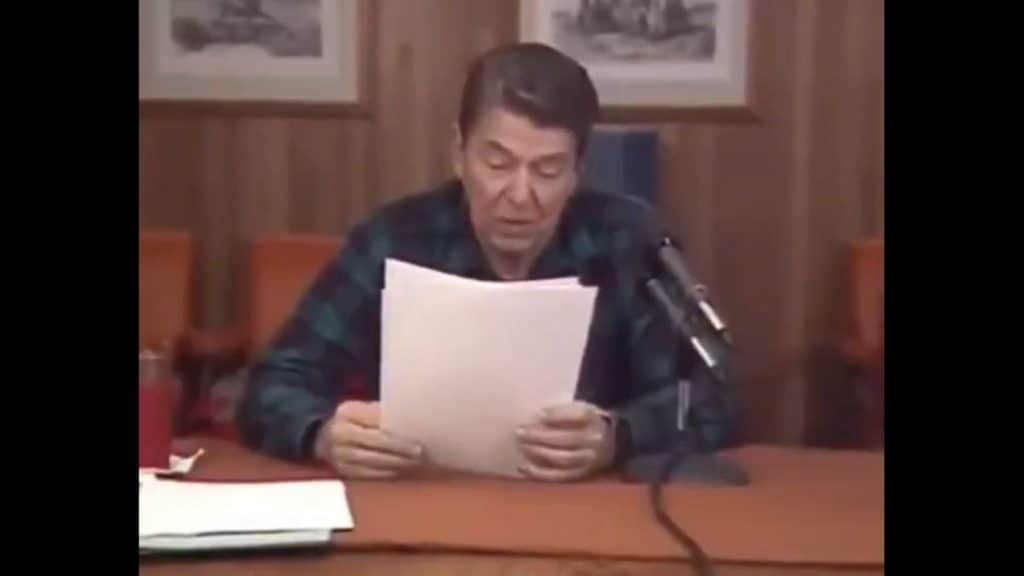
Ronald Reagan signed the treaty with Soviet Premier Mikhail Gorbachev X/@ChineseEmbinUS
On December 8, 1987, Reagan and
In 1988, it was ratified by the two countries.
The INF Treaty took effect on June 1, 1988.
The treaty defined shorter-range ballistic missiles (SRBMs) as those having ranges from 500 kilometers to 1,000 kilometers and intermediate-range ballistic missiles (IRBMs) and ground-launched cruise missiles (GLCMs) as those with ranges from 1,000 kilometers to 5,500 kilometers.
It called over 2,600 of them to be done away with, over half of which were deployed when the treaty was
This was a landmark pact for several reasons. It was the first time the two superpowers had agreed to arms control when it came to their nuclear arsenals. The country is also agreed to do away with a specific type of nuclear weapon. The treaty also called for on-site inspection of the missiles being destroyed, which was yet another major first.
It was seen a massive thaw in the ongoing Cold War between the US and the Soviet Union. Around two-thirds of the missiles destroyed belonged to the Soviets,
INF Treaty in modern times
The treaty has been the cause of much back and forth between Russia and the United States in modern times.
Russia in particular has been unhappy with the terms set forth under the treaty – particularly with China making strides when it comes to missiles.
In July 2014, the then Obama administration in its
Washington claimed Moscow had violated the terms which stated it was “not to possess, produce, or flight-test” a ground-launched cruise missile having a range of 500 to 5,500 kilometers or “to possess or produce launchers of such missiles”.
Then, in 2017, US officials claimed that Russia had deployed a non-compliant cruise missile.
On March 8, 2017, General Paul Selva, the then Vice-Chairman of the US Joint Chiefs of Staff, confirmed the development.
The US accused Russia of “violating the spirit and intent” of the INF Treaty.
Russia has rebuffed such allegations and in turn accused the United States of violating the treaty.
In December 2017, the first Trump administration announced it would be developing a conventional, road-mobile, intermediate-range missile system to counter Russia.
Nearly a year later, in October 2018, Trump announced he would be “terminating” the treaty.
Trump blamed Russia and China’s efforts at developing
In December 2018, then Secretary of State Mike Pompeo announced that the United States found Russia in “material breach” of the treaty.
Pompeo said the US would suspend its treaty obligations in 60 days if Russia refused to comply.
In February 2019, the Trump administration announced it was suspending its obligations and that it would leave the treaty in six months.
Russian President Vladimir Putin said his country would also suspend its obligations.
In August
So, what happened now?
The decision came just days after Trump ordered two nuclear submarines to be “repositioned in the appropriate regions”.
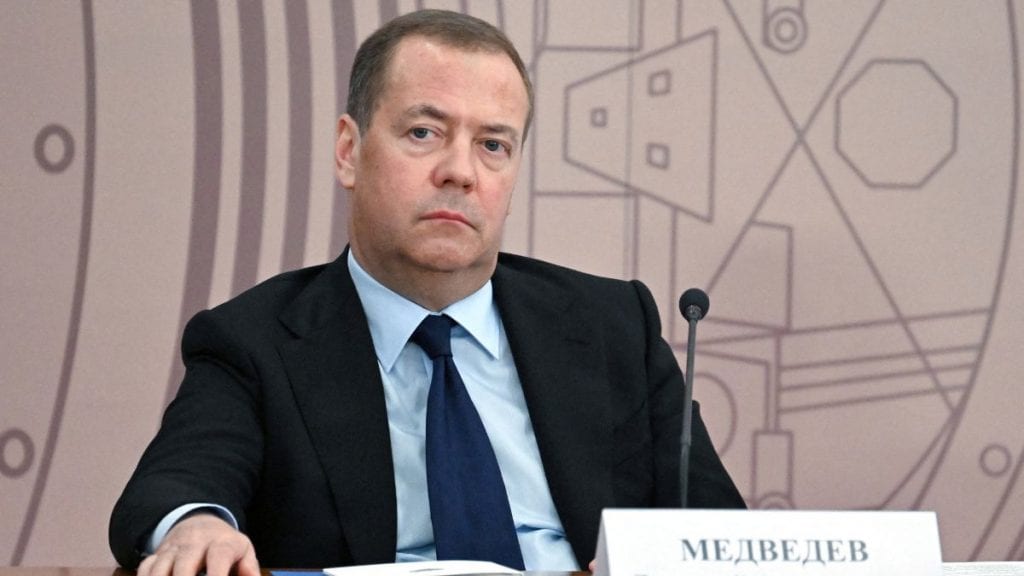
Dmitri Medvedev is a former President and Prime Minister of Russia. Reuters/File Photo
"Based on the highly provocative statements of the Former President of Russia, Dmitry Medvedev,who is now the Deputy Chairman of the Security Council of the Russian Federation, I have ordered two Nuclear Submarines to be
"Words are very important, and can often lead to unintended consequences, I hope this will not be one of those instances," he added. "Thank you for your attention to this matter!"
This came after former Russian president Dmitri Medvedev, who is deputy chairman of the country’s security council, made a nuclear threat against America.
Russia also cited
“This is a new reality all our opponents will have to reckon with. Expect further steps”, Medvedev wrote on social media in the aftermath of Russia’s announcement.
What do experts say?
Experts aren’t surprised by this development.
Phil Breedlove, a retired US Air Force general told The New York Times, “This is a fairly standard approach Russia takes when
“Every time the West considers a change, like giving new weapons to Ukraine, this is what happens”, Breedlove, who headed up US European Command from 2013 to 2016, added.
Some have expressed concern to a return to the bad old days of the Cold War, where each side lived in fear of what the other could do.
They point to the Oreshnik intermediate-range ballistic missile, which Russia deployed against a Ukrainian city in November.
The Oreshnik’s range
Putin last week said the nuclear-capable Oreshnik will be placed in Belarus – which borders three Nato nations. Russian media has claimed that the weapon could take out European capitals in 15 minutes.
The US last year said it would start “episodic deployments” of intermediate-range missiles in Germany from 2026.
This leaves New Start, which expires in 2026, as the only major arms control treaty between the two countries.
Putin in 2023 said Russia would no longer participate
What will happen next?
No one is quite sure, but watchers are playing close attention.
